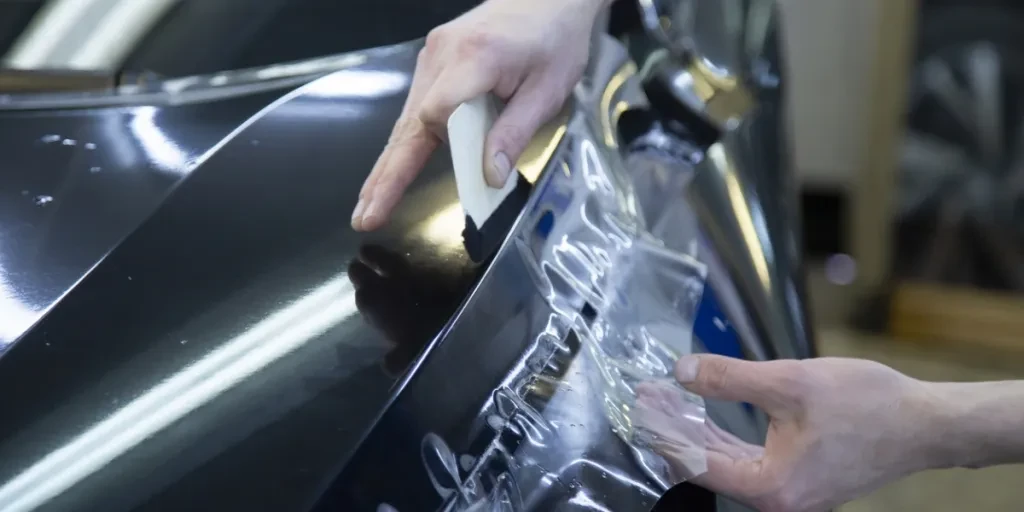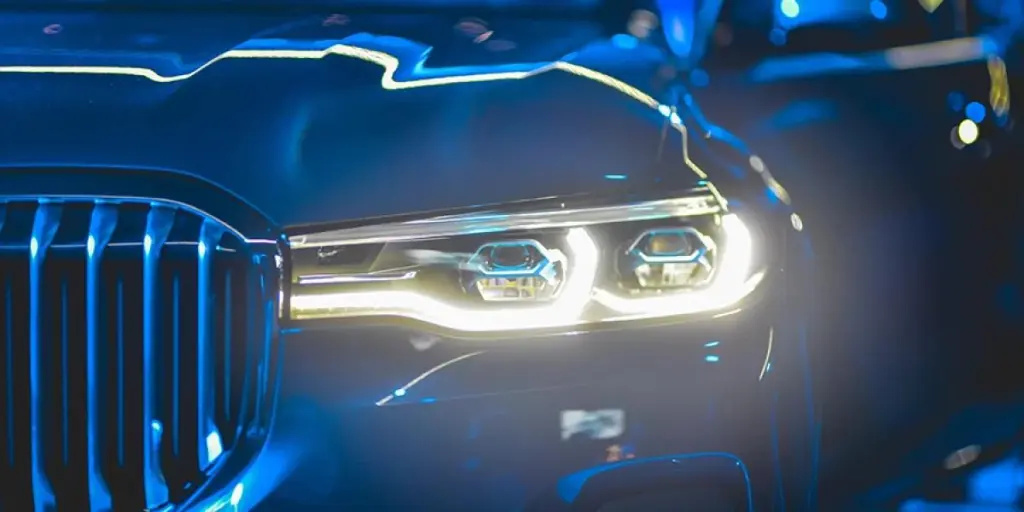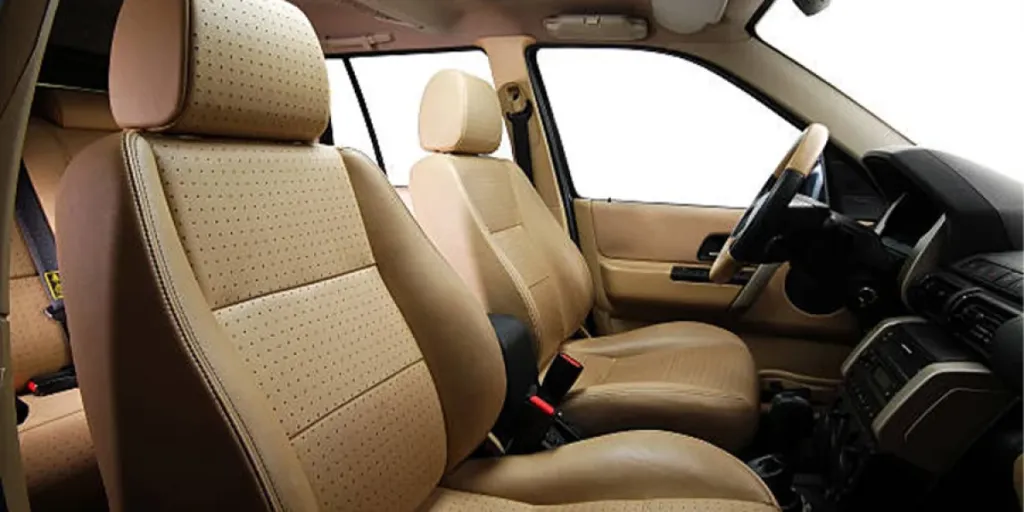A car is a large investment, and every car owner wants to keep their car looking good, whether it’s brand new or a used gem. Keeping a car looking new is quite challenging, as the paint faces constant threats from harsh weather, UV rays, and rock chips. This is where paint protection film comes in.
Paint protection film (PPF) is applied to a vehicle to protect it from damage. With more people buying vehicles and looking to protect their investments from damage, stocking paint protection film is important.
As a small business or retailer selling vehicle accessories, you should have PPF in your inventory to cater to this upcoming market and gain a competitive advantage.
This article will give an overview of paint protection films (PPFs), including their key types, benefits, and factors to consider when buying PPFs.
Table of Contents
Market overview
An overview of paint protection films
Types of car paint protection films
Car paint protection film maintenance
Benefits of paint protection films
Choosing a car paint protection film
Factors that affect the PPF lifespan
Summing up
Market overview
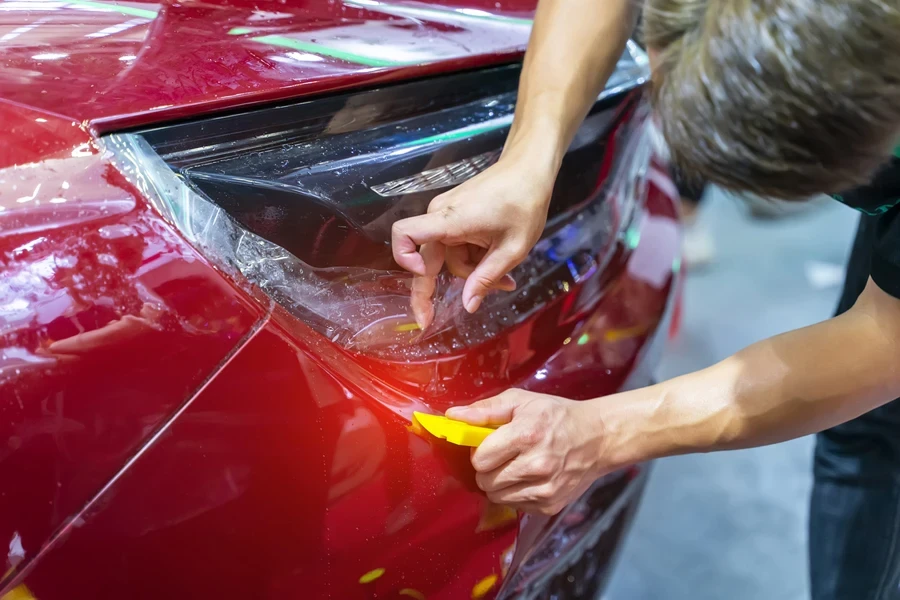
According to Fortune Business Insights, the global paint protection film market was valued at USD 593.9 million in 2024 and is expected to grow to USD 962.6 million by 2032, with a compound annual growth rate (CAGR) of 6.2% between 2025 and 2032.
This shift is attributed to the expanding automotive industry. As more people buy vehicles, they are looking to protect them with PPF wraps. PPF films protect vehicles from scratches, abrasions, bug splatter, and other exterior damage.
A higher demand for luxury and high-end vehicles has also increased PPF demand, as buyers want to protect their expensive cars from damage.
On the other hand, there is a rising demand for PPF from the electronics market. Electronic devices are sensitive to moisture, abrasions, dust, and accidental falls. PPF wraps protect electronic devices from damage, boosting their aesthetic appeal and durability.
While the paint protection film market is growing, it faces some restrictions. Even if the PPF film is a one-time investment, the installation price is a bit high, and expert installation is required to protect the vehicle’s surface.
Some of the key players in the paint protection film market include:
- Eastman Chemical Company
- 3M
- XPEL, Inc.
- AVERY DENNISON CORPORATION (U.S.)
- Kangde Xin Optical Film Materials (Shanghai) Co., Ltd
- Renolit SE
- SWM, Inc.
- Guangdong Mr Film Plastic Industrial Co., Ltd
- Sunvase
An overview of paint protection films
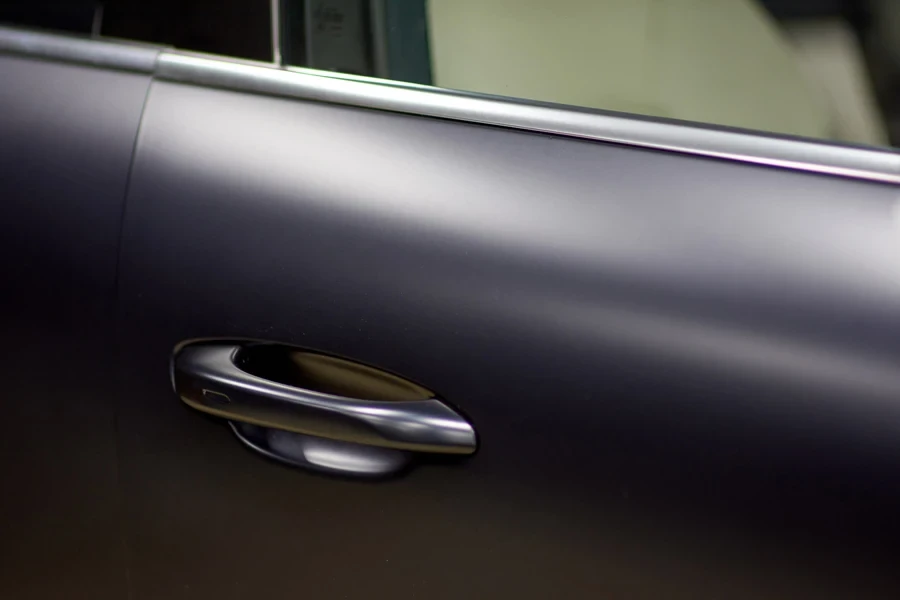
A paint protection film, or PPF, is a clear and durable layer applied to a vehicle’s surface to protect it from damage. It is made of thermoplastic urethane, a tough but flexible material. PPF was originally developed for military use to protect helicopter blades from debris damage. It has since evolved and is now used in vehicles and electronic devices.
Types of car paint protection films
There are different types of PPF, primarily made of thermoplastic urethane (TPU), polyvinyl chloride (PVC), and TPH. TPU car films are known for their seal-healing properties and durability. They can repair themselves from minor damages like scratches and swirl marks after heat exposure, making them a popular choice for car owners.
TPH films have a high clarity and gloss look. The gloss look enhances the vehicle’s paint, making it look new. They are also budget-friendly. PVC car protection films have been practically discontinued as they faded over time and offered less protection.
Three types of PPF coating are available depending on the customer’s requirements.
- Gloss or clear PPF: Gloss PPF gives a vehicle a shiny look, enhancing its color depth and leaving it with a vibrant look. It makes the car look brand new, adding to its aesthetic appeal.
- Matte PPF: The matte PPF coating gives a vehicle a sleek and modern look with its non-reflective finish. It is ideal for customers who prefer an understated aesthetic.
- Colored PPF: A colored PPF film allows one to change their vehicle’s color without repainting it. It has the same protection benefits as PPF while giving the car a new look. One can choose their desired color, allowing them to customize the car’s appearance to suit their style.
Car paint protection film maintenance
Car PPF coatings can last 5 to 10 years, depending on maintenance and quality. When selling PPFs, you must educate your customers on the product’s maintenance to enhance durability.
Some tips to help your customers maintain their car PPF include:
- Use a gentle detergent and water to clean the car.
- Avoiding abrasive cleaners.
- Avoid high-pressure water when cleaning the vehicle.
- Use microfiber cloths to prevent scratching the film.
- Inspect the car’s surface for signs of damage like scratches and chips.
- If there is damage, get a replacement or repair to prevent further damage.
Benefits of paint protection films
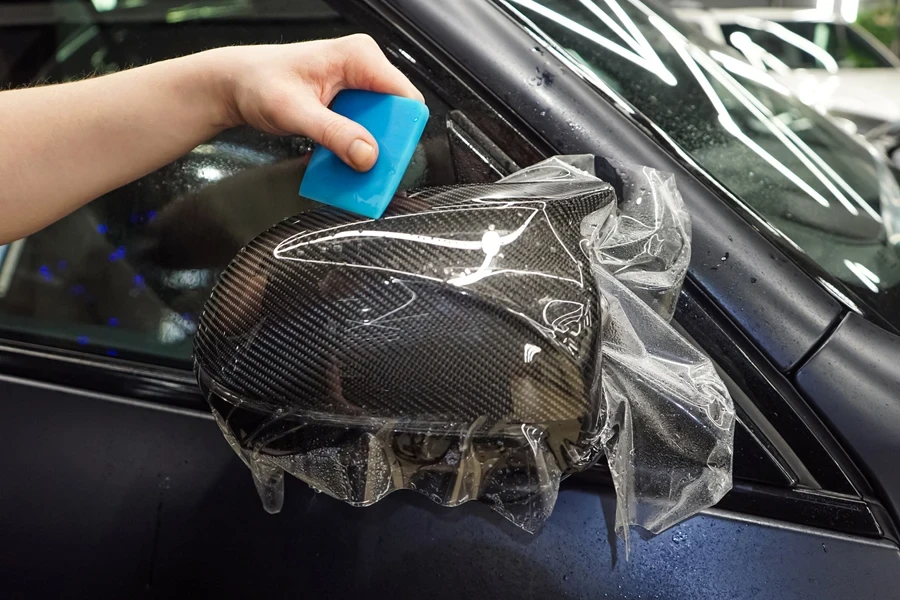
Paint protection films have many benefits, making them a worthwhile investment for car owners. Some of the benefits include:
- Impact protection: PPFs absorb impacts from small rocks, branches, gravel, and other hard objects, preventing them from hitting the car’s paint and causing chips and scraps.
- Self-healing properties: The TPU in PPF allows it to soften and become pliable when heated, which enables it to heal itself from minor scrapes and scuffs.
- Easy repair: In case of major damage to the film, one can remove and replace it without worrying about repainting the vehicle.
- Resale value preservation: PPF car coating keeps a vehicle’s paint in pristine condition, which helps preserve its resale value.
- Resistance to acid and contaminants: car PPF wraps are resistant to acid corrosion, which protects the car from bird droppings, acidic rain, and bug splatters, which can damage car paint if left untreated.
- Reduce oxidation: PPF protects the car paint from UV rays, which causes oxidation to the factory paint, making the vehicle look new for longer, even when exposed to sunlight.
- Enhanced finish: Clear PPF films enhance the car paint look, while the colored and matte PPF give a car a unique look, enhancing its aesthetic appeal and allowing one to customize their vehicle.
Choosing a car paint protection film
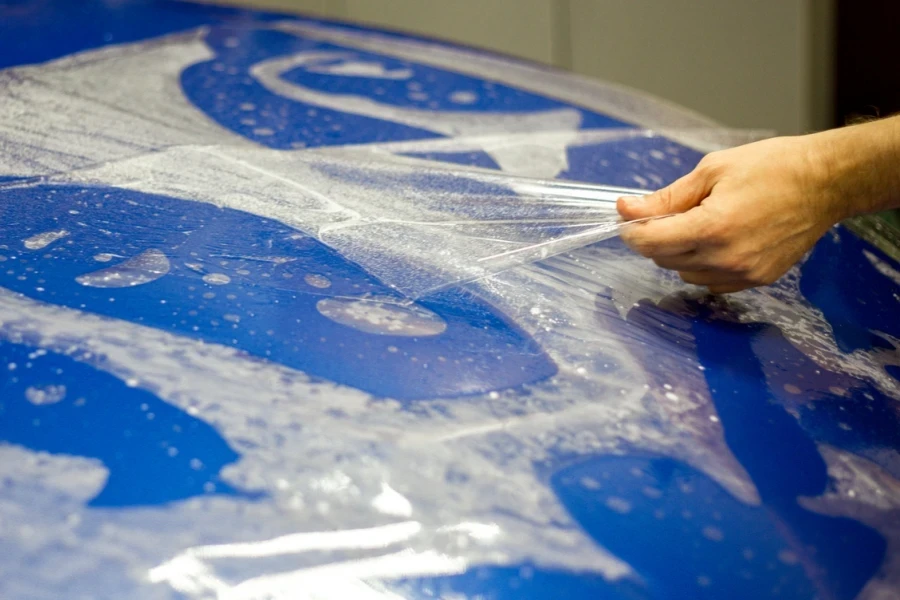
Customers have many options, and it is important that they choose the right PPF for their car. Some tips you can give your customers for choosing the right car film include:
- Budget: They should consider their budget. High-quality PPFs are more expensive but offer better protection and are more durable. However, as a business, you should have all types of PPFs to cater to diverse customer budgets.
- Warranty: PPF companies offer warranties on their products. Customers should check the warranty before purchasing a car paint protection film.
- Read reviews: They should also read reviews on the films they are considering to know if they will suit their needs.
Factors that affect the PPF lifespan
While PPFs are pretty durable, a few factors can affect their lifespan. Advise your customers on these factors to increase the longevity of the paint protection film.
- Climate: Extreme temperatures, UV rays, and humidity can affect the PPF durability, causing it to degrade over time. PPF with UV inhibitors can help reduce the effect, but they are not 100% immune to it.
- Driving habits: While PPFs are impact resistant, they are not invincible, and regular driving on rough roads with gravel can make the film chip and have scratches from the debris.
- Exposure to contaminants: Exposure to acidic contaminants like bird droppings and acid rain can deface the car protection film when left untreated. Stain-resistant protection films can prevent damage, but they need regular cleaning.
Summing up
Paint protection films are a good way to keep vehicles looking new for years. They are durable and give car owners peace of mind. As a small business dealing with car accessories, having PPFs in your inventory will increase your customer base and revenue.
Moreover, offering your customers invaluable information about car paint protection films will make you a useful resource. Your customers will keep coming back and referring others, giving you an edge in the market.
Advise your customers on the benefits of PPFs and have all types in your inventory to capture a large clientele regardless of their budget, taste, or preferences.
